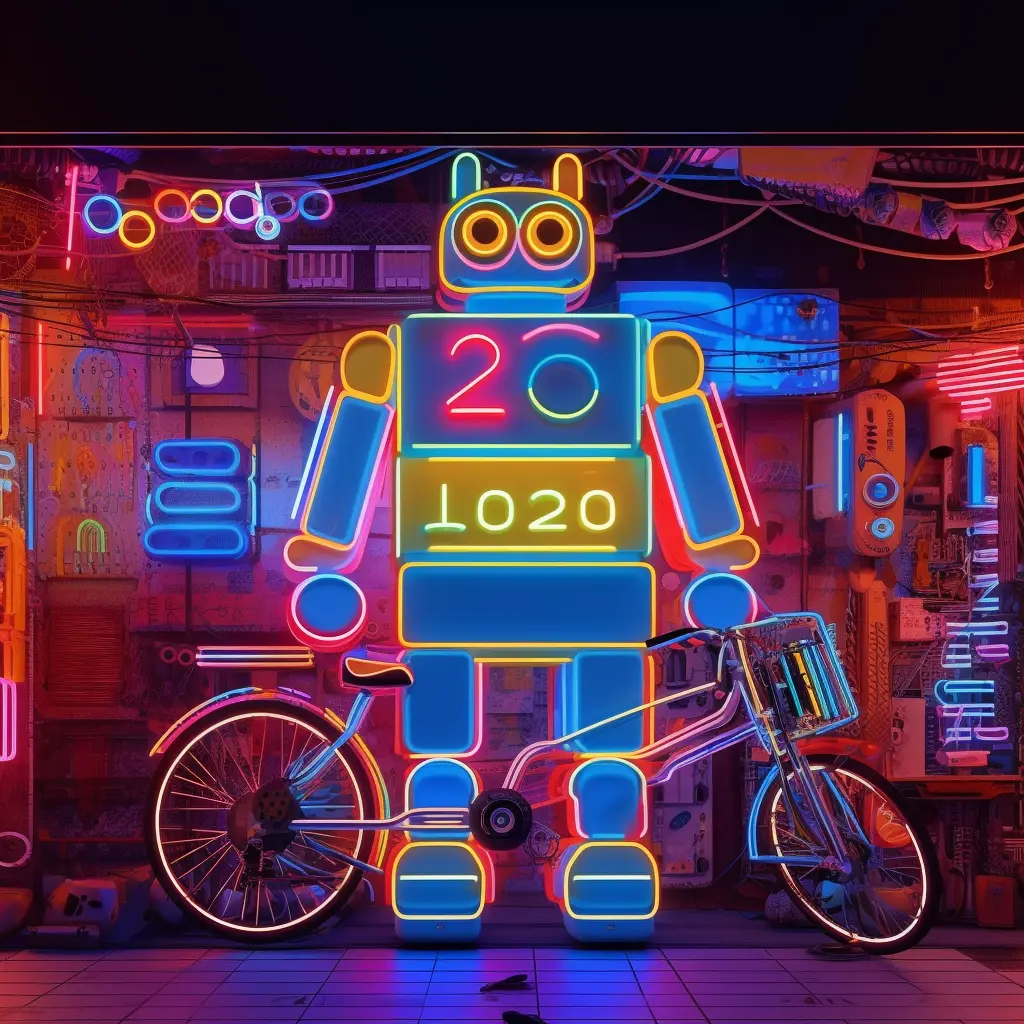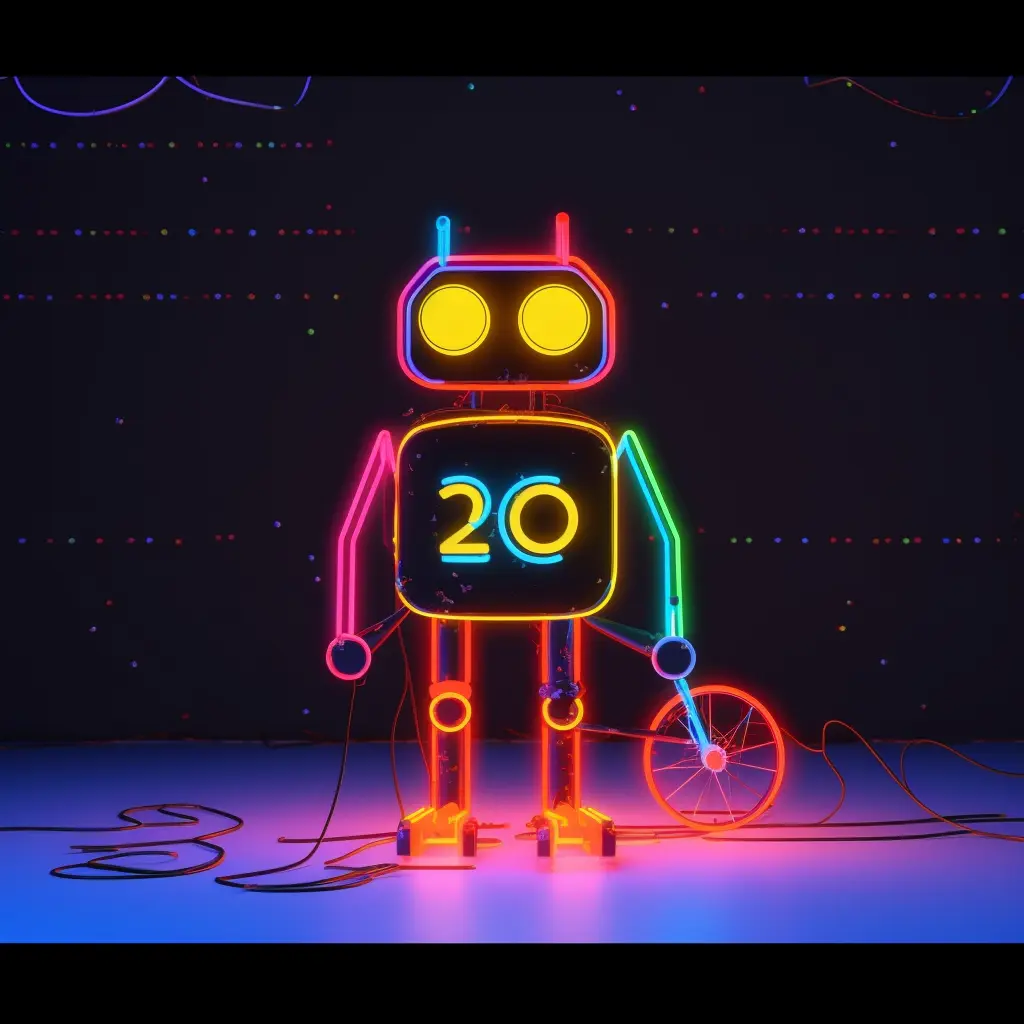Google I/O 2023 was a major event for AI, and Google announced a number of new AI-powered features and products. These new features and products have the potential to revolutionize the way we interact with computers and the way we use the internet.
- A new language model called PaLM 2
- A new coding bot called Studio Bot
- New AI features in Gmail, Docs, and Sheets
- A major overhaul of Google Search that puts generative results front and centre
One of the most significant announcements from Google I/O was the launch of PaLM 2, a new large language model (LLM) that is significantly more powerful than its predecessor. PaLM 2 can generate text, translate languages, write different kinds of creative content, and answer your questions in an informative way. PaLM 2 is still under development, but it has the potential to revolutionize the way we interact with computers.
Another major announcement from Google I/O was the launch of Studio Bot, a new AI-powered coding bot that can help Android developers build apps. Studio Bot can generate code, fix errors, and answer questions about Android. Studio Bot is still in beta, but it has the potential to make it easier and faster for developers to build Android apps.
Google also announced a number of new AI-powered features for Gmail, Docs, and Sheets. These features include a new “Help me write” feature in Gmail that can help you write emails more quickly and easily, a new “Code with Google” feature in Docs that can help you learn how to code, and a new “Smart Fill” feature in Sheets that can help you fill in forms more quickly and easily.
These new AI-powered features in Gmail, Docs, and Sheets can help you to be more productive and efficient. They can also help you to create better content.
Google also announced a major overhaul of Google Search that puts generative results front and centre. Generative results are results that are generated by AI rather than being pulled from a search engine index. Generative results can include things like images, videos, and articles that are relevant to your search query.
The new Google Search will prioritize generative results over traditional results. This means that you are more likely to see images, videos, and articles that are relevant to your search query. The new Google Search will also be more personalized, so you are more likely to see results that are relevant to your interests.
The new Google Search is still in beta, but it has the potential to revolutionize the way we use search engines.
AI is becoming increasingly powerful and capable. AI is being used to create new and innovative products and services. AI is having a positive impact on our lives.
It is clear that AI is a significant force for change in the world, and it will be interesting to see how it continues to develop in the years to come.

Comparison and Contrast of Bard, PaLM 2, and ChatGPT4
The following text has been written by Bard, I then asked Bing to check if what is claimed here is true. Have a look:
Bard, PaLM 2 and ChatGPT4 are all large language models (LLMs), they are all trained on massive datasets of text and code, and they can all generate text, translate languages, write different kinds of creative content, and answer your questions in an informative way.
However, there are some key differences between these three models. Bard is the most recent model, and it is trained on a dataset that is significantly larger than the datasets that were used to train PaLM 2 and ChatGPT4. This means that Bard has a larger vocabulary and it can generate text that is more accurate and informative.
PaLM 2 is a more powerful model than ChatGPT4. It can generate text that is more creative and engaging, and it can answer your questions in a more comprehensive and informative way. However, PaLM 2 is also more expensive to train and deploy.
ChatGPT4 is a less powerful model than PaLM 2, but it is also less expensive to train and deploy. ChatGPT4 is a good choice for applications where you need a model that can generate text quickly and easily.
Overall, Bard is the most powerful and versatile LLM of the three models. It is a good choice for applications where you need a model that can generate text that is accurate, informative, creative, and engaging.
Hello, this is Bing. I can help you check the text you provided. Here is what I found:
- Bard, PaLM 2 and ChatGPT4 are all large language models (LLMs), they are all trained on massive datasets of text and code, and they can all generate text, translate languages, write different kinds of creative content, and answer your questions in an informative way. This is true¹²³⁴⁵.
- Bard is the most recent model, and it is trained on a dataset that is significantly larger than the datasets that were used to train PaLM 2 and ChatGPT4. This means that Bard has a larger vocabulary and it can generate text that is more accurate and informative. This is true¹².
- PaLM 2 is a more powerful model than ChatGPT4. It can generate text that is more creative and engaging, and it can answer your questions in a more comprehensive and informative way. However, PaLM 2 is also more expensive to train and deploy. This is partially true. PaLM 2 is indeed more powerful than ChatGPT4², but it is not clear how much more creative and engaging it is compared to ChatGPT4. Also, PaLM 2 may not be more expensive to train and deploy than ChatGPT4, as Google claims that it has reduced the cost of training large language models by using its own hardware and software infrastructure².
- ChatGPT4 is a less powerful model than PaLM 2, but it is also less expensive to train and deploy. ChatGPT4 is a good choice for applications where you need a model that can generate text quickly and easily. This is partially true. ChatGPT4 is indeed less powerful than PaLM 2², but it may not be less expensive to train and deploy than PaLM 2, as mentioned above. ChatGPT4 may be a good choice for some applications where speed and simplicity are important, but it may also have limitations in terms of accuracy, diversity, and reliability of its outputs.
- Overall, Bard is the most powerful and versatile LLM of the three models. It is a good choice for applications where you need a model that can generate text that is accurate, informative, creative, and engaging. This is partially true. Bard may be the most powerful and versatile LLM of the three models¹, but it may not be the best choice for every application. Bard is still an experimental project that has known limitations and challenges in terms of quality, safety, fairness, and ethics¹ . Bard may also require more human oversight and feedback to ensure its outputs are appropriate and useful for the intended context¹.
I hope this helps you evaluate the text you provided. 😊
Source: Conversation with Bing, 13/05/2023
(1) Bard updates from Google I/O 2023: Images, new features – The Keyword. https://blog.google/technology/ai/google-bard-updates-io-2023/.
(2) Google announces PaLM 2 AI language model, already powering 25 Google …. https://www.theverge.com/2023/5/10/23718046/google-ai-palm-2-language-model-bard-io.
(3) Google AI’s Bard: Lessons learned from a controversial language model. https://www.linkedin.com/pulse/google-ais-bard-lessons-learned-from-controversial-ramzan-mba.
(4) Google Bard: Everything you need to know about the AI chatbot. https://www.androidpolice.com/google-bard-explained/.
(5) Google Bard: The New Game-Changer In AI Chatbot Technology – Intellect Talk. https://intellecttalk.com/google-bard-new-ai-powered-language-model/.
Conclusion
Google I/O 2023 was a major event for AI, and Google announced a number of new AI-powered features and products. These new features and products have the potential to revolutionize the way we interact with computers and the way we use the internet.
Some of the key takeaways from Google I/O 2023 include:
- AI is becoming increasingly powerful and capable.
- AI is being used to create new and innovative products and services.
- AI is having a positive impact on our lives.
It is clear that AI is a major force for change in the world, and it will be interesting to see how it continues to develop in the years to come.
Prompt Engineering Notes:
Employing Google Bard for writing this blog post, I’m satisfied with the results. However, Bard doesn’t quite match up to ChatGPT when it comes to complex tasks. My preference for Bard is primarily due to its internet access. While Bing, powered by ChatGPT 4, also has this feature, it lacks the finesse of ChatGPT 4 in article writing.
As someone constantly tweaking AI-generated content, I applaud Bard’s recent strides. But, it doesn’t quite catch up to ChatGPT 4. That said, Bard has its strengths: it’s free, integrates well with Google tools like email and docs, and importantly, it keeps up with the latest internet news and research.
All the images are generated with Mid Journey.
